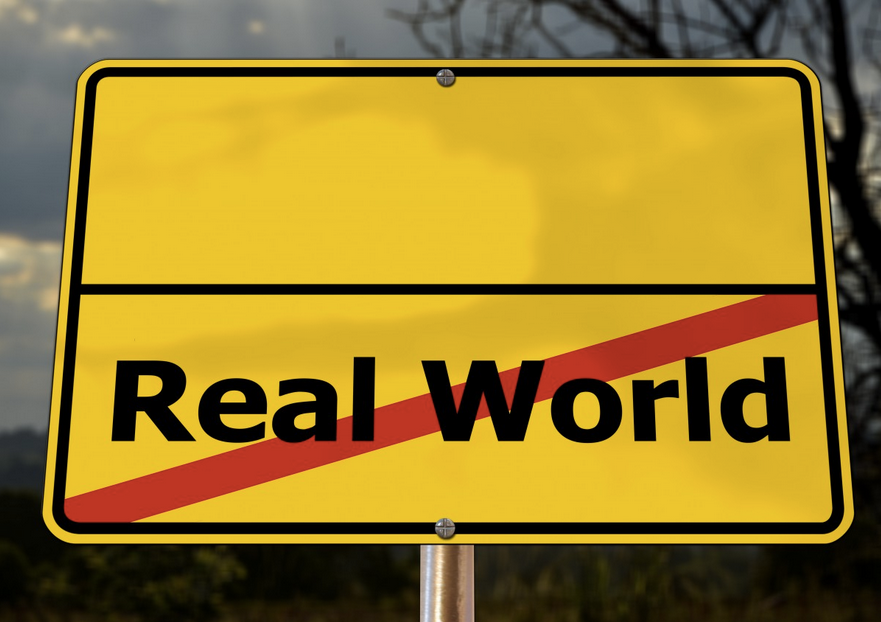The rumour of the lockdown lifting has ushered in a new period: the time of tomorrow, with respect to the basic opposition of yesterday and today, since we don’t know better.
It is also the time for all risks. Scientists are heard trying to impose their standards on society while people launch petitions, some against the immediate reopening of schools, others against the stay-at-homes rules enforced on the elderly alone. It is not a question of what is good or bad. Let us just notice the wide-open door through which the slovenly dress of fears will rush in disorder.
Anxiety spreads, it is put into words aiming at locating it into community or ideological, sociological and scientific identifications. Through this fragmentation, the essentials of Lacan’s Seminar can be found: anxiety is the only affect which does not deceive, and appears when the object a emerges in the field of the imaginary.
What else is happening today? Nobody can tell, what tomorrow will be like but everyone is aware that something concerning the body will be affected. Yes, restaurants will meet problems but, beyond that, which part of the body will not get its pound of flesh? And according to the reversibility of the surplus-jouissance, what bit of flesh will thus be left unconsumed and yearning to be devoured?
For some time now I’ve heard of joggers being blamed for their too deep breathing, which might infect those queuing outside shops. It was then decided to enforce upon them a lockdown schedule, if I may say so.
Lacan reminded us that there is at birth a “radical intrusion” into a background radically Other[1].
What is at stake here is the idea that no other person should enjoy the air I breathe. The air then has become something privatized. My air is no longer my neighbour’s air, but it is my jouissance of it that’s unbearable to the other (in so far as he believes he is being deprived of it).
And what about this shopping spree on toilet paper at the beginning of the lockdown? We can only say that it is the last veil kept against the object as waste, and that – once the window of one’s fantasy has been opened or broken (sometimes just scratched) – everyone can catch a glimpse of the value of the object one is, a.
Never has the body been so present, the speaking body. How shall we take care of it? Virtual consultations are promoted. We can’t but be aware that speech too is the attribute of speaking bodies! “Speaking bodies” does not mean bodies that speak, it means that the threads of lalangue and flesh are inextricably tied: we say corparlant in French.
Analysis puts the body at rest, lying on the couch; it mortifies it laying emphasis on the body prior to the mirror stage. This is what Eric Laurent calls the a-vision, on which the analyst, like a surgeon, operates with the signifier as a tool; not words, but the signifier, that is to say, lalangue resonant with equivocation.
Of course, the analyst can indicate his presence by touching the analysand, or using some physical sign, for example in B. Porcheret’s testimony, the episode of the “undertaker”; or Lacan’s intervention as told by Suzanne Hommel: a touch on her cheek as if to hollow out a destructive mark linked to the signifier “gestapo.”[2]
Lacan refers to the presence of the analyst as “real presence”. In his latest course and speaking to Lacan’s later teaching, Jacques-Alain Miller underlines how we most certainly need to voice things out, embody them, but Lacan maintains that the analyst’s presence is beyond his actual presence ‘in reality’. And this can only be achieved through his being present in the flesh. Breathing, inhaling, stamping, all this can be heard from the couch but one thing will be missing, the body on the couch, abandoned so that one can ramble, with one’s eyes separate from the eyes of the one speaking at the back. This may seem like a small remark, but being behind is not the same as being on the other side, since you can be seen without seeing who can see you! Therefore, stamping, breathing, etc., are signs of anOther presence, beyond the analyst!
Just as the sound of the world that you can’t hear, the thunderous scene of your fantasy that you can’t hear because you enjoy itsuch resonant presence emanates from the hole created by this presence when it is filled up, not by the camera projecting it on a screen, but by the radical absence of the Other. This absence which is all the more perceptible in the delusion of life’s sleep, since it’s situated in the same space and the same time as yourself while taking place in a topological space-time where you have to find your bearings: the space-time drawn by your discourse coloured by the object a and its emergences in the treatment.
In his course From symptom to fantasy and back, when commenting Freud’s A child is being beaten, J.-A. Miller states: “the subject is certainly what is represented by a signifier for another [signifier] but when it can’t be represented this way, it is the object a that comes to occupy the place […] If one does not go through this construction, in the end one it is difficult, just with the signifying orientation, to account for the presence of the analyst in the analytic session […] There is the dimension of presence and this is what we work with, and what Lacan gives as the structure of the analytic relationship. Such relationship is based on the presence within the fundamental fantasy. That is the point of Lacan’s scheme of the analytic discourse. The analytic discourse is precisely founded on this.”
Translated by Jany Cousty and Michele Rivoire
[1]Cf. Lacan J., Seminar, Book X, Anxiety, Chapter 23, July 3rd 1963.
[2] This caress on her skin can be read as “geste-à-peau” (“Gestapo”).

